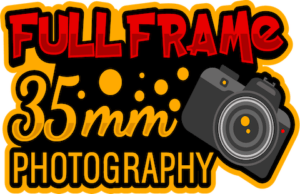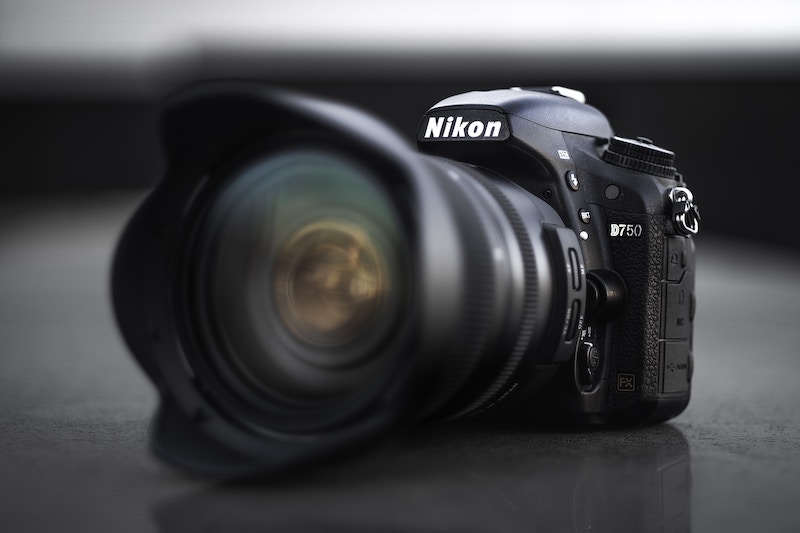Nikon has been filling out its range of full-frame cameras in recent years, meaning that photographers of all types are now spoiled for choice.
And now that Nikon has entered the full-frame mirrorless market they may even be well placed to give Sony a run for their money, but which Nikon camera is right for you?
To help narrow down your options, you should first ask yourself some questions. How much do you want to spend? What type of photography will you be doing?
What’s your skill level; professional, enthusiast, or just starting? Do you need video capability, or will you focus on still photography?
Let’s have a look at the range and see how each model stacks up against your needs.
Professional Level Cameras
Nikon D5
The Nikon D5 is currently the top of the heap and is built for speed and accuracy. The AF features 153 focus points, including 99 cross-type.
Native ISO stops top out at an impressive 102,400, so the D5 certainly won’t let you down in low-light conditions.
The D5 borrows heavily from its predecessor, the D4, so it’s quite a large beast. There is also a 3.2 inch 2.36 million-dot LCD touchscreen for precision control of every feature and option.
The camera’s superb autofocus tracking also makes it an excellent choice for sports, action, and runway photographers who need a sturdy camera that can shrug off a bit of abuse in the field.
Nikon D4S
The D4S is another elite model camera for the photography professional who needs a reliable workhorse for everyday use.
With 51 focus points, the D4S is a little behind the D5, but the autofocus is super quick and accurate, and battery life of around 3,000 shots means you won’t be stopping to change out the battery every five minutes.
The D4S is also fitted with a sensor that has the lowest numbers of pixels in this range.
However, you can still pick up plenty of detail in its 16.2 megapixels when you add in the improved autofocus and subject tracking algorithms. Full HD 60p recording isn’t 4K, but the video option is there if you need it.
Nikon D850
The Nikon D850 comes in at a lower price point than the previous two models but is still a good choice for the professional on a budget – especially if you’re the type who prefers having more pixels to play with.
A 45.7-megapixel full-frame sensor coupled with an impressive ISO range of 64 to 25,600 promises excellent performance in a wide range of lighting conditions.
The camera’s 4K UHD recording, 9 fps burst speed shooting, and153 AF points will ensure you always achieve consistently good results, whether at the soccer field or capturing fast-moving models on the runway.
Nikon D810
The D810 is an affordable solution that provides fantastic speed and precision for the price. The Multi-CAM 3500FX AF sensor offers 51 focus points, with 15 of those being cross-type.
The D810’s brilliant screen allows fine-tuning your focus with precision thanks to its 46x zoom on a 3.2-inch display.
Location photographers will appreciate the D810’s pop up flash, which can act as a commander for Nikon’s Creative Light System.
Nikon D810A
The D810A is based on the D810A but is designed for the night-sky enthusiast who has a passion for deep-sky astrophotography.
Exposures up to 15 minutes long will capture the faintest of celestial objects.
ISO levels fro 200 to 12,800 ensure noise-free performance, and unlimited continuous JPEG shooting ensures star trails are captured with unprecedented levels of detail and sharpness.
Nikon D750
There are a lot of DSLR features in the D750 which you wouldn’t expect to be packed into a frame this size – and it’s competitively priced for enthusiasts, semi-pros, and professionals.
This reasonably compact camera is capable of 6.5 fps at full resolution (24.3 MP), full-HD recording, time-lapse to 9,999 shots, and live-view shooting when using a compatible smartphone as the remote monitor.
The D750 is compact and light for a DSLR, making it the perfect companion for any type of photography outing where space and weight are at a premium.
Nikon D610
Nikon created another small-format DSLR in the D610, packed in a ton of features, and priced it for the consumer wanting to progress in their photography skills.
It may be aimed at the general consumer and semi-professional, but an ISO range of 50-25600 keeps the camera versatile.
There is 6 fps shooting which can be slowed down to 3 fps for quiet whisper photography when using Nikon’s Quiet Continuous shutter mode.
How Do Nikon’s Mirrorless Full-Frame Cameras Compare?
If you need a full-frame camera with all the features of a DSLR, but without the bulk, then Nikon’s entries into the full-frame mirrorless market are well worth a look.
Z7
The Z7 is comparable in features and performance to the D850, but its mirrorless format gives you a more compact and lighter body to work with.
Like the D850, you get 45.7 megapixels, a similar ISO range (64-25000), an impressive 493 AF points, 9 fps continuous shooting, and 4K UHD video recording.
The price point for the Z7 means that budget beginners will probably want to look elsewhere.
However, for the professional, semi-professional, and hardcore enthusiasts, the Z7 promises to be more than capable in a wide range of conditions, from capturing pets and parties to travel and landscape photography.
Z6
The Z range has been quite successful for Nikon, and the Z6 serves as a mid-tier price point for those looking to see what all the fuss is about in the mirrorless world.
The Z6 is built around a 24.5-megapixel sensor with 273 Hybrid AF points. A reasonably modest resolution and an ISO range of 100-5120 make the Z6 an excellent choice for working in a variety of lighting conditions.
The built-in vibration function (with 5-stops shake reduction), when paired with excellent low-light performance ensures the Z6 will excel in challenging hand-held shooting sessions.
The 4K UHD shooting mode nicely rounds out the feature set for photographers who enjoy still-frame but would like to keep their options open for dabbling in video.
Strong DSLR and Future Mirrorless Camera Choices
The introduction of full-frame mirrorless cameras has opened up new possibilities for all levels of photographers.
DSLRs still trump the mirrorless full-frame cameras when it comes to lens choices, but as the format matures, we are seeing more lens options becoming available.
Nikon’s Z6 and Z7 were compatible with over 90 Nikkor lenses right out of the gate when you included a handy adapter with your purchase.
If superior autofocus speeds for capturing fast-moving objects in sports and wildlife photography is essential, and you must have the extra clarity in low-light conditions that only a DSLR optical viewfinder can provide then Nikon’s DSLR range are the top choices.
If these features aren’t a high priority, then the Z6 and Z7 are well worth a look.


